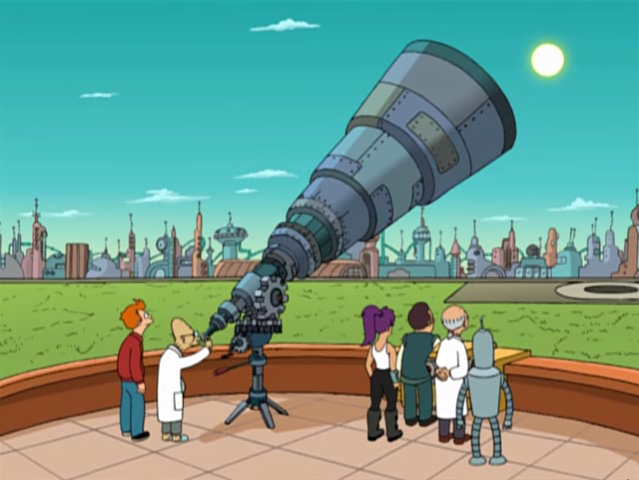University of California, Santa Cruz | 2017 Feb 23
Glowing nebula found at the heart of a huge "protocluster" of early galaxies appears to be part of the cosmic web of filaments connecting galaxies, but what's lighting it up?
[img3="MAMMOTH-1 is an extended blob of gas in the intergalactic medium called an enormous Lyman-alpha nebula (ELAN). The color map and contours denote the surface brightness of the nebula, and the red arrows show its estimated spatial extent. Credit: Cai et al., ApJ (2017)"]https://3c1703fe8d.site.internapcdn.net ... minous.jpg[/img3][hr][/hr]Astronomers have found an enormous, glowing blob of gas in the distant universe, with no obvious source of power for the light it is emitting. Called an "enormous Lyman-alpha nebula" (ELAN), it is the brightest and among the largest of these rare objects, only a handful of which have been observed.
ELANs are huge blobs of gas surrounding and extending between galaxies in the intergalactic medium. They are thought to be parts of the network of filaments connecting galaxies in a vast cosmic web. Previously discovered ELANs are likely illuminated by the intense radiation from quasars, but it's not clear what is causing the hydrogen gas in the newly discovered nebula to emit Lyman-alpha radiation (a characteristic wavelength of light absorbed and emitted by hydrogen atoms).
The newly discovered nebula was found at a distance of 10 billion light years in the middle of a region with an extraordinary concentration of galaxies. Researchers found this massive overdensity of early galaxies, called a "protocluster," through a novel survey project led by Zheng Cai, a Hubble Postdoctoral Fellow at UC Santa Cruz.
"Our survey was not trying to find nebulae. We're looking for the most overdense environments in the early universe, the big cities where there are lots of galaxies," said Cai. "We found this enormous nebula in the middle of the protocluster, near the peak density." ...
Discovery of an Enormous Lyα Nebula in a Massive Galaxy Overdensity at z = 2.3 - Zheng Cai et al
- arXiv.org > astro-ph > arXiv:1609.04021 > 13 Sep 2016
- Astrophysical Journal 833(2):135 (20 Dec 2016) DOI: 10.3847/1538-4357/833/2/135
arXiv.org > astro-ph > arXiv:1512.06859 > 21 Dec 2015
